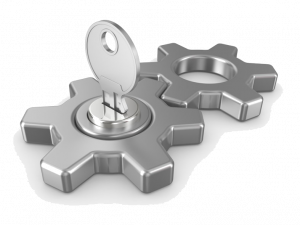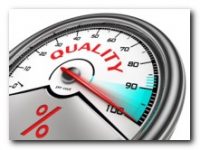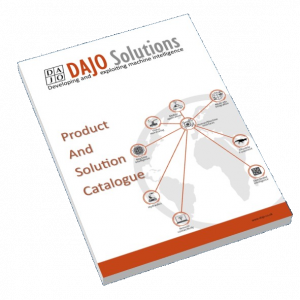Six steps to delivering the right industrial automation solution
 The first rule of industrial automation:
The first rule of industrial automation:
Above all, keep it simple
Taking an industrial automation project forward, and achieving the benefits you desire is a daunting task at the best of times. Anyone that isn’t worried about disembarking from the industrial norm probably isn’t being very realistic about the obstacles they will face along the way. But with proper planning your project can be effectively managed. Ensuring those inevitable obstacles are mitigated, at least to an extent.
The key is to link innovation with process. And, just like any process, prior preparation prevents poor performance. That prior preparation will play a very large part in the success or failure of your development. So, make sure you do the groundwork, map out what you want to achieve, and the basic methodology you wish to use. These first steps will enable your project to move from research to specification in an efficient and effective manner.
Your preparation needs to be reaching and specific. You need to make sure it answers questions like: Why do you want to automate? Do you need more transparency from your operational data? Do you need to increase production speed? Perhaps you would like to decrease your rate of failure? Or maybe decrease costs? Are you lagging behind your competition in some way? There are probably a number of factors at play. You will need to answer all of these questions and probably more on top. Ultimately, drilling down into each of them, and being as specific as you can be about the answers.
It’s a big investment
So you need to maximise the level of success of your industrial automation project. For it to end in success it must adhere to one or more of three key goals. Setting the right goals at the outset will help you measure the commercial viability of the project on an ongoing basis. When you’re setting your goals you need to remember that ‘what’, isn’t as important as ‘why’.
But, how is nearly as important as why
Understanding the frameworks of industrial automation before you embark on your project will further support your success. Lean principles, first developed by Toyota in the seventies, is an essential cornerstone that will support a successful conclusion to your project. You can find out more about those Lean principles in our short, what is ‘Lean Automation’ video. But there are many more frameworks out there, and its important that how you choose to implement your project matches and supports what you want to achieve.
Another consideration before you get started is to make sure that you are following Creighton Abrams instructions:
When eating an elephant take one bite at a time.
Whatever your industrial automation goals, we recommend you use the same six step, process to achieving it. It’s been proven time and again to deliver results in the most time efficient and cost effective way.
Our six step industrial automation development process
Breaking down your development into stages like this enables you to assess progress and take action when things change. As they surely will the further you get from where you are now. But, having clarity over what needs to be achieved in each step will inform you of what direction the next step must take.
1. Research
4. Develop
2. Specify
5. Test
3. Design
6. Integrate
Something extra to think about for each stage:
There is definitely a lot more to think about in each stage than a short sentence. So here is something extra to consider for each one, that you may have overlooked.
Research
It isn’t just about what you want to achieve. It’s about who wants to benefit from these changes and how.
Specification
Ensure that you aren’t just thinking about what you want to do now, but also what you want to do in the future.
Design
Design isn’t just about making things look pretty, within industry especially it’s about functionality and practicality.
Develop
Make sure you have stakeholder buy in, as politics can kill a project, no matter how good.
Test
Did you really try to break the system? I mean Really really?
Integrate
It would be a classic schoolboy (girl) error to leave this essential step to the end.
It also worth noting that these six stages are themselves a process. And, just like with any process, you should move on to the next stage before the previous one is complete.
We really hope this guide helps you get started.
In fact, we’re pretty sure it will. But, at the same time, if your reading this, you probably haven’t implemented an automation project before. Or, may be you have and it wasn’t as successful as you would have liked If that’s the case then it may be worth bringing in a specialist, someone with a proven track record of developing innovative solutions to industrial problems. Someone like us. If you want, you can find out about our track record on our solutions page.
So now that we’ve told you how we develop industrial automation solutions, why don’t you tell us about your industrial automation project?






